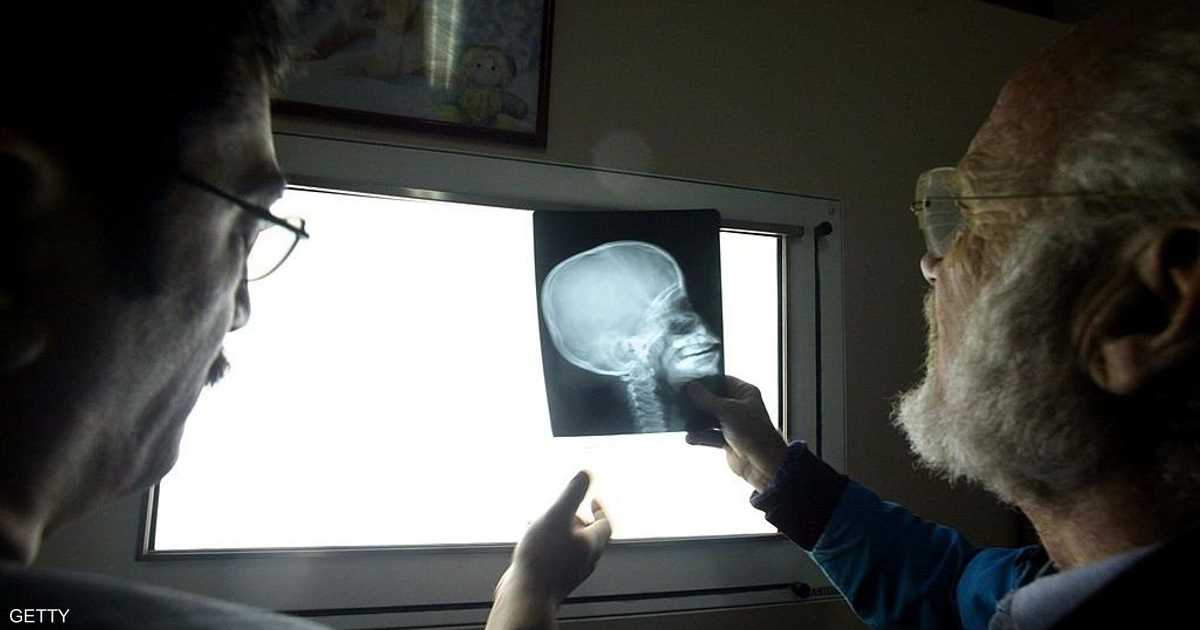
In Virginia, medical professionals are cautioning individuals against the practice of self-manipulating or “cracking” their spines. According to William Kimmo, a neurosurgeon at the Virginia Spine Institute, people often crack their backs or necks to relieve tension or stiffness. However, this action, which can trigger a release of gas bubbles and produce an audible pop, fails to address the underlying cause of discomfort.
Chiropractors, such as Tori Hartline of Sunlife Chiropractic in Frisco, Texas, point out that while the cracking might lead to temporary endorphin release, it can also cause injury. Untrained individuals may inadvertently cause hypermobility in the joints or create more significant issues by moving the spine outside of its correct range of motion. Such risks include joint sprains, strains, and potentially fractures if excessive pressure is applied.
Attempting to crack one’s own back can result in unnecessary wear on the spine, potentially straining muscles and ligaments and exacerbating pre-existing conditions. Instead of self-manipulation, Kimmo suggests incorporating daily stretching routines and core muscle exercises, as these can help maintain spinal integrity and prevent stiffness.
Attention to one’s daily habits, such as poor posture while sitting or looking at devices, is also crucial. A sedentary lifestyle, improper seating in a car, or even sustained sleeping positions can all contribute to stiffness and tension.
Source: Ruetir
